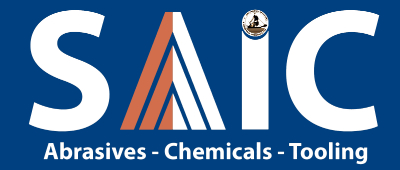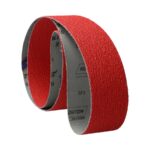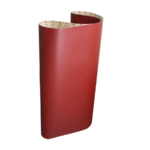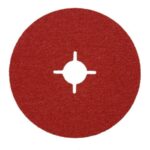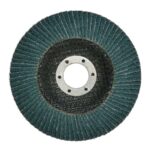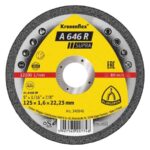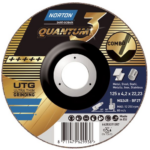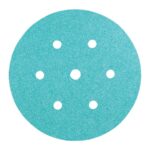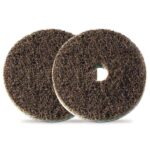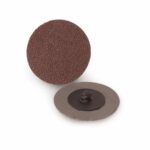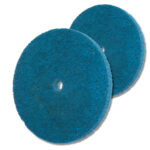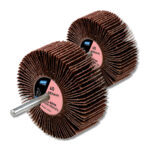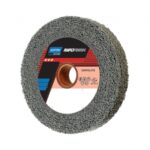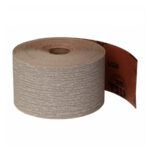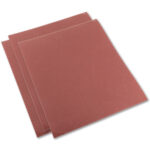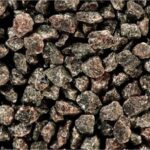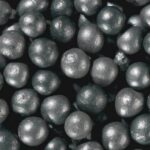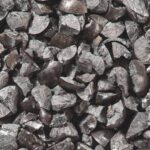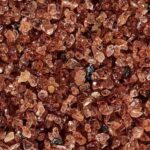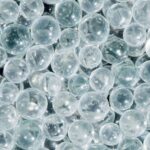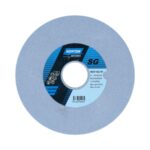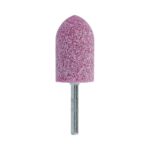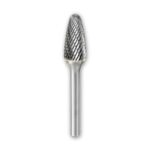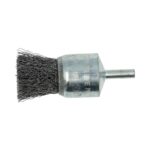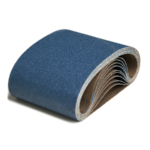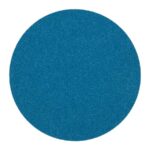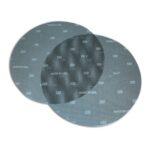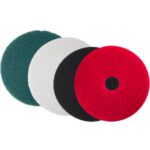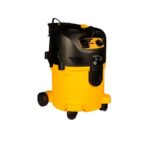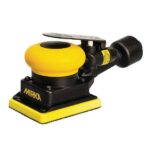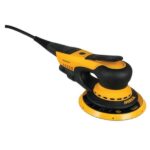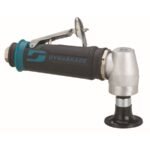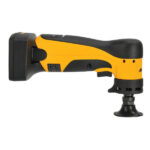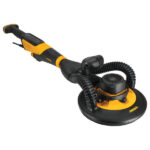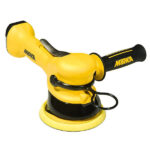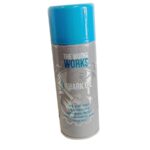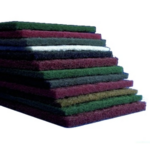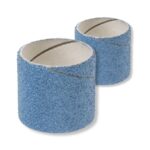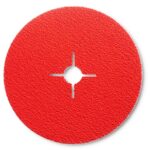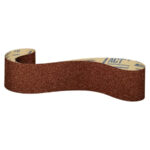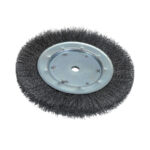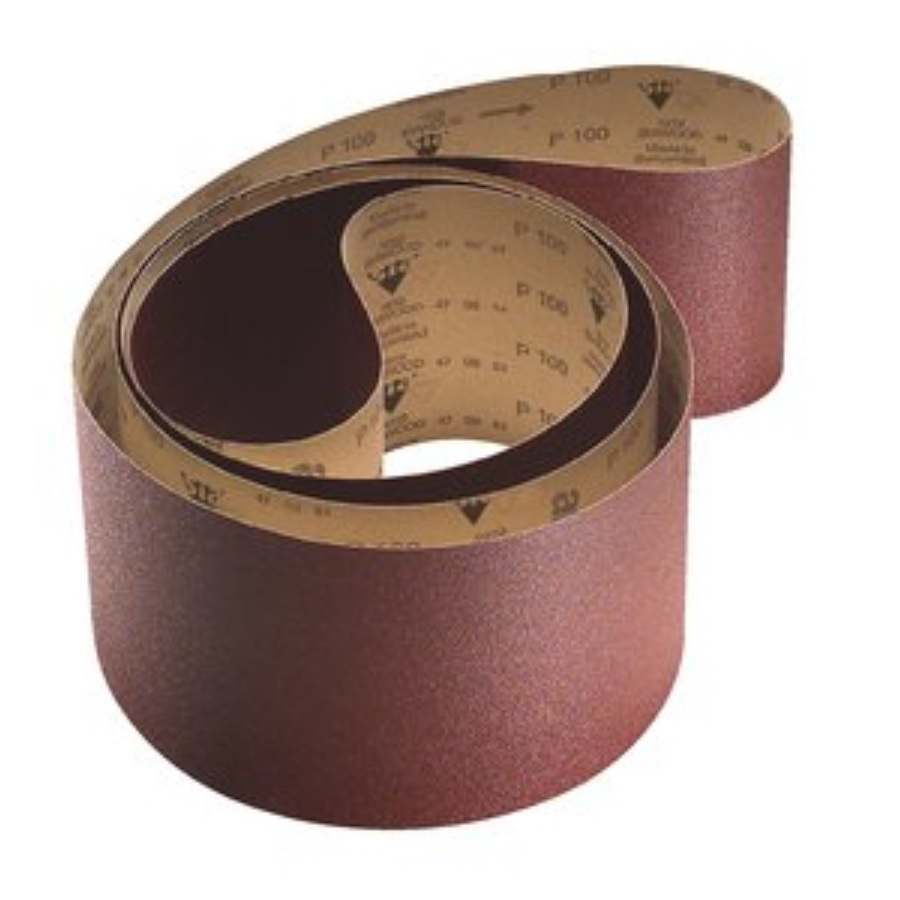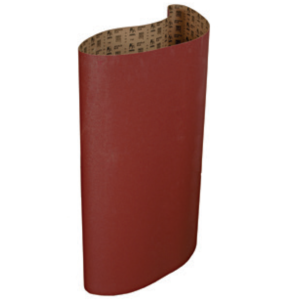Home – SAIC Ltd: For All Your Surface Finishing NeedsShopSanding BeltsPaper Wide BeltsSia 1919 Plus 970x1525mm Paper Wide Belts, 10/Pack
Shop
Sia 1919 Plus 970x1525mm Paper Wide Belts, 10/Pack
£215.60 +VAT
Recommended for soft/resinous woods, composites, plastics & filler, and suitable for hard woods.
SKU: Sia 1919 Plus 970x1525mm Paper Wide Belts, 10/Pack
Categories: Paper Wide Belts, Sanding Belts, Sia 1919+ Siawood Products, Sia Paper Wide Belts
Description
Advantages
- Sturdy F-weight paper backing
- Premium product for the highest quality demands in stationary wood sanding
- Minimal clogging thanks to open-coat grain
- Outstanding performance and long life
- Very high stock removal rates and excellent finish
- Backing with very high stability and rigidity
- Lower grinding costs due to longer lifetime and fewer belt changes
- Electrostatic – prevents dust build-up on the belt
Applications
- Calibrating surfaces
- Coarse sanding of solid wood and wood based materials
- Fine sanding of solid wood, veneer and wooden composites
1919 Plus 970x1525mm Paper Wide Belts, 10/Pack are recommended for soft/resinous woods, composites, plastics & filler, and are suitable for hard woods.
Additional information
| Product Size | |
|---|---|
| Grit Type | |
| Substrates/Surfaces | Hard Woods, Plastic, Soft/Resinous Woods, Composites |
| Coating | |
| Abrasive Type | |
| Machine / Application | Wide Belt Sander |
| Product Group | Sanding Belts |
| Product Subgroup | Wide Belts |
| Manufacturer | Sia Abrasives |
